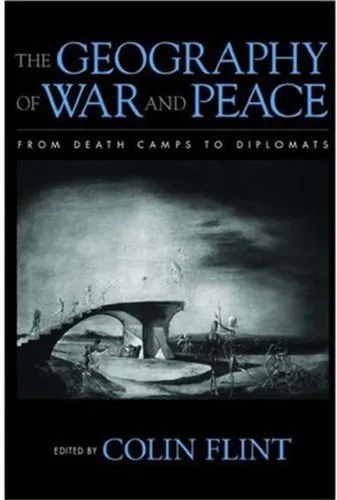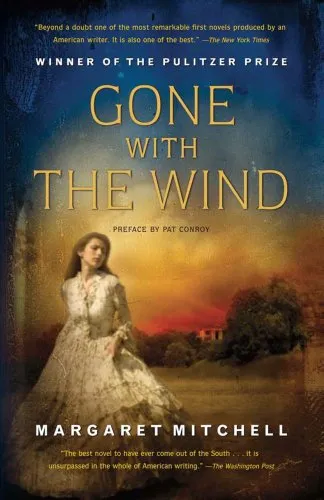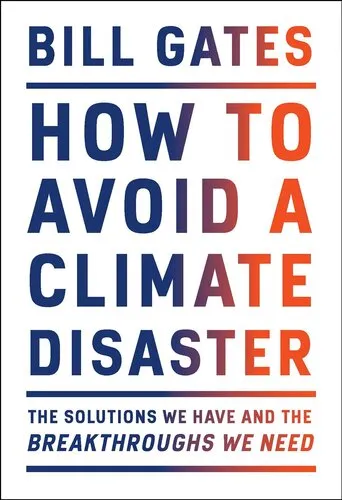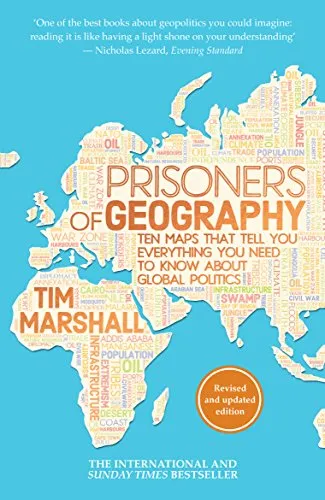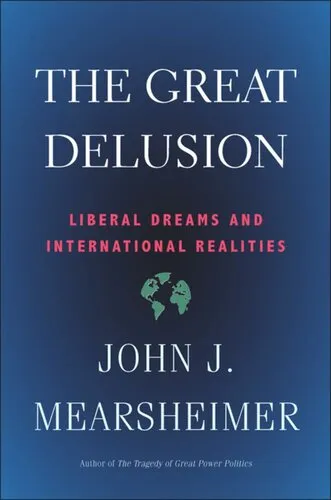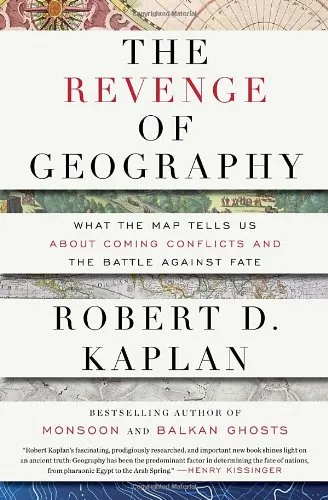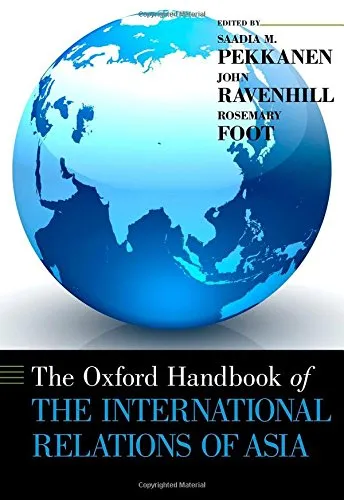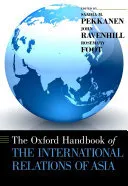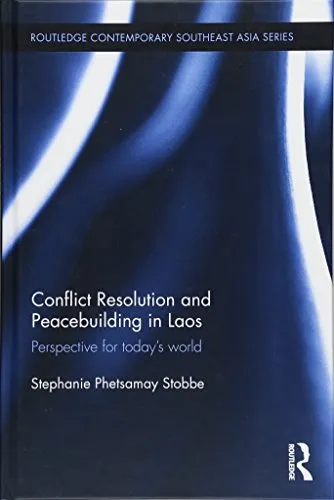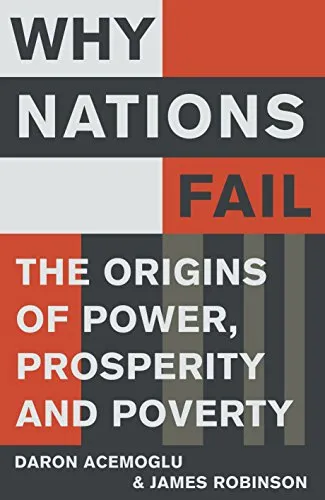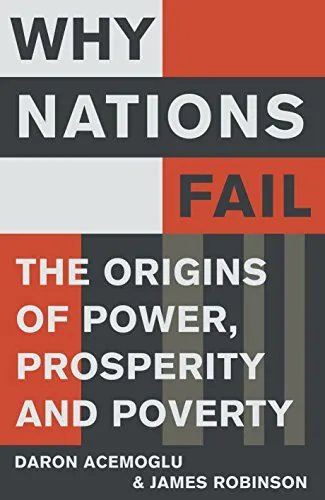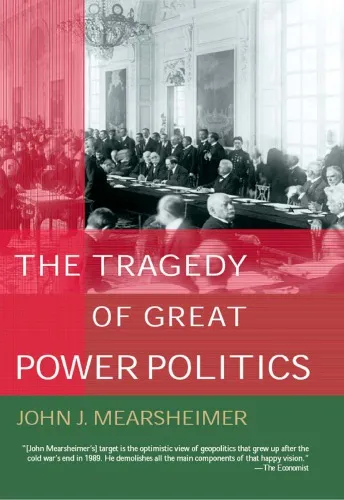The Geography of War and Peace: From Death Camps to Diplomats
3.9
Reviews from our users

You Can Ask your questions from this book's AI after Login
Each download or ask from book AI costs 2 points. To earn more free points, please visit the Points Guide Page and complete some valuable actions.Related Refrences:
Persian Summary
Introduction
Welcome to the compelling analysis of how geography plays a pivotal role in both the conflicts and resolutions that define our world. 'The Geography of War and Peace: From Death Camps to Diplomats' offers a profound exploration of the spatial dimensions of conflicts and peace-building efforts, detailing how physical and human geographies affect these phenomena.
Detailed Summary of the Book
The book intricately weaves narratives of geopolitical conflicts and peace processes with geographic insights to demonstrate how our physical and political landscapes shape and are shaped by warfare and diplomatic endeavors. By investigating varied case studies, from the death camps of World War II to modern-day negotiating tables, it highlights the significant roles geography plays in influencing war tactics, resource allocation, strategic planning, and peace negotiations.
Divided into multiple compelling sections, the book first lays a historical foundation, explaining how geography has historically influenced warfare—from the tactical advantages provided by terrains to the strategic dilemmas posed by borders. It then transitions into modern contexts, where global interconnectivity and geopolitical shifts redefine the maps of conflict and cooperation.
A unique aspect of the book is its ability to convey complex geopolitical issues in an accessible manner, making it an essential read not just for academia but also for policy-makers, diplomats, and general readers interested in understanding the nexus of geography and international relations.
Key Takeaways
- Understanding of how geography influences the dynamics of conflict and peace.
- Insight into the historical and modern examples of geographic impacts on wars.
- The role of geographic features in strategic military planning.
- Learn how geopolitical shifts redefine boundaries of conflict and cooperation.
- Assessment of peace-building efforts through geographic lenses.
Famous Quotes from the Book
"Geography does not merely determine the position of nations but the very conditions through which peace and conflict emerge."
"Understanding the map is understanding the conflict; to navigate the landscape is to know the paths to peace."
"In the shadows of borders lie the tales of triumph and tragedy intertwined, forever shaping human endeavors."
Why This Book Matters
This book is a crucial read in today's world where understanding the factors that lead to conflict and peace is more critical than ever. As global challenges become increasingly complex, 'The Geography of War and Peace' offers indispensable insights into spatial dimensions that influence international relations. The book's meticulous examination of past and present conflicts and peace processes illuminates the paths forward, making it a valuable resource for anyone engaged in the discourse of war, peace, and the spaces in between.
Moreover, by emphasizing the importance of geographic understanding, the book serves as a guide for policymakers and leaders striving to navigate the turbulent waters of global diplomacy, armed with a deeper comprehension of the spatial aspects of their decisions and their far-reaching consequences.
Free Direct Download
You Can Download this book after Login
Accessing books through legal platforms and public libraries not only supports the rights of authors and publishers but also contributes to the sustainability of reading culture. Before downloading, please take a moment to consider these options.
Find this book on other platforms:
WorldCat helps you find books in libraries worldwide.
See ratings, reviews, and discussions on Goodreads.
Find and buy rare or used books on AbeBooks.
1624
بازدید3.9
امتیاز0
نظر98%
رضایتReviews:
3.9
Based on 0 users review
Questions & Answers
Ask questions about this book or help others by answering
No questions yet. Be the first to ask!
